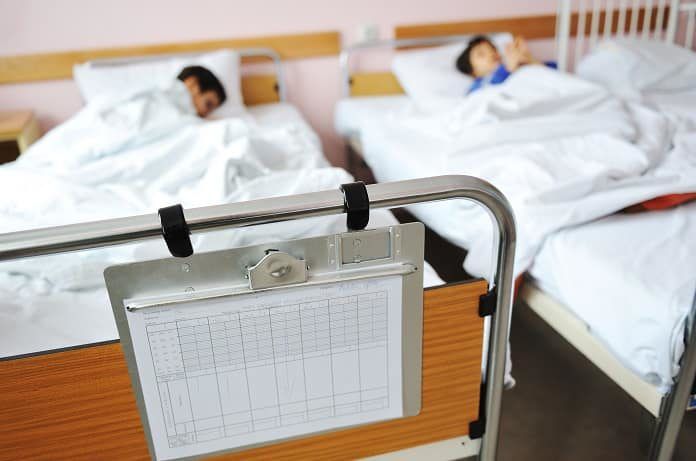A recent study published in BMC Pharmacology and Toxicology has investigated drug safety in hospitalized pediatric patients in Mexico.
The issue of drug safety is extremely important as incidences of adverse drug reactions have increased worldwide. Not only are adverse drug reactions unsafe for the patient, but they also cost the healthcare system billions of dollars. The WHO defines Adverse Drug Reactions (ADRs) as “any noxious, unintended and undesired effect of a drug which occurs at the dosages used in humans for prophylaxis, diagnosis or therapy”. In 1994, the incidence of ADRs was estimated at 2.2 million but increased to 10 million in 2014. Drug-related problems leading to hospital admissions are also on the rise with the level being up to 28% in the United States, which corresponds to a cost of approximately $170 billion a year.
One of the groups that are most vulnerable to ADRs is the pediatric population. The rate of ADRs in children between 0 and 17 years of age has been reported by the WHO Global Individual Case Safety Report database as being 7.7%. Despite these findings, it is still believed that these reports underestimate the true rates of ADRs in children. Some studies have reported an incidence of ADRs reaching greater than 7,000 that were serious or fatal in children under the age of two.
Prescription Dosing in Children is Different than in Adults
Health practitioners need to consider many factors when dosing in children, as children are not fully developed and are physiologically immature. Therefore, dose modifications are required that are based on the child’s weight, body surface area, gestational age, as well as liver and kidney function, among many other factors. In addition to this, most of the scientific data obtained regarding drug safety are from studies that have been carried out on adults and not children. Therefore the efficacy and safety of drugs are based on the standardization of dosage strategies extrapolated from adults, and children are thus therapeutic orphans.
Pharmacovigilance Keeps Children Safe
Intensive pharmacovigilance involves monitoring the episodes of adverse drug reactions during the entire period of prescribing and it is a useful tool to prevent, identify, and treat preventable and non-preventable adverse reactions to drugs.Pharmacovigilance carried out in children has proven to support the assessment of drug safety. These activities will need to be employed within hospital pediatric services to improve ADR detection. The aim of this study was to evaluate theADRs in hospitalized children of a regional hospital in Mexico by using the intensive pharmacovigilance (IPV) method to increase medication safety.
The results of the study, recently published in BMC Pharmacology and Toxicology, identified 19 ADRs out of a total of 1,083 hospital admissions.The most frequently prescribed drug classes were antibiotics and anti-inflammatory drugs. The approximate incidence of ADRs in children was17per 1,000 children.Most of the ADRs involved antibiotics and 21% of the ADR’s were categorized as “preventable”. The severest ADRs observed during the study were haemolysis and toxic epidermal necrolysis.
This study successfully demonstrated that intensive pharmacovigilance in hospitalized pediatric patients facilitates the careful observation of these children during their hospital stay. This increases the detection of drug-related problems as well as suspected ADRs. Intensive pharmacovigilance allowed the researchers of this study to determine the frequency and type of drugs associated with ADRs. Intensive pharmacovigilance thus allows for the detection and prevention of ADRs which directly affects drug safety in the pediatric population.
Written by Jade Marie Evans, MPharm, Medical Writer
References:
(1) Vázquez-Alvarez.O et al. (2017). Improved drug safety through intensive pharmacovigilance in hospitalized pediatric patients. Available: https://bmcpharmacoltoxicol.biomedcentral.com/articles/10.1186/s40360-017-0186-x. Last accessed 24th Dec 2017
(2) WHO. (2017). Adverse drug reaction database. Available: http://www.adr-database.com/What%20are%20ADRs.html. Last accessed 24th Dec 2017 .



